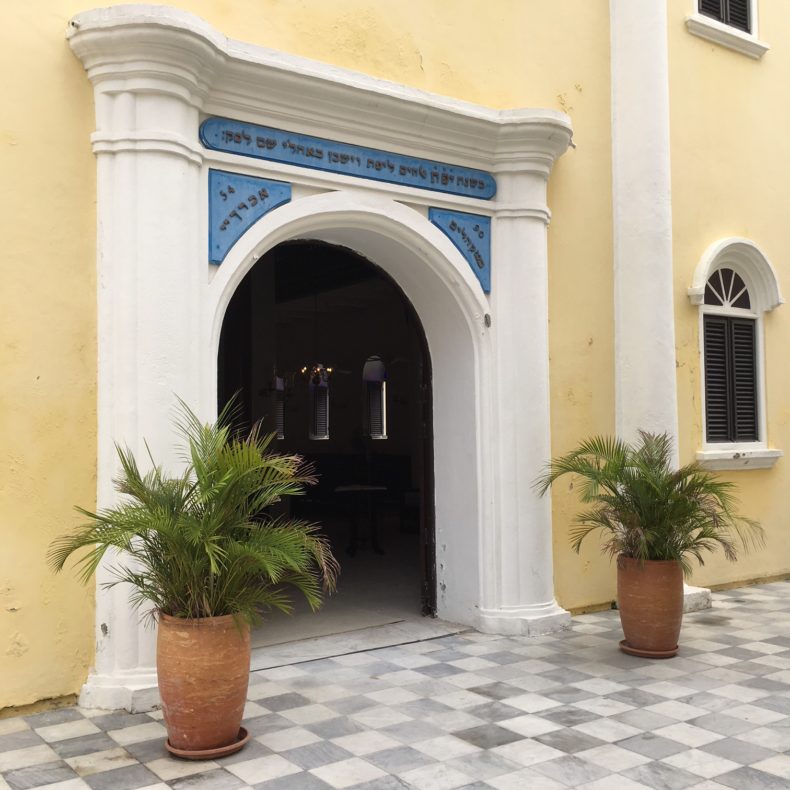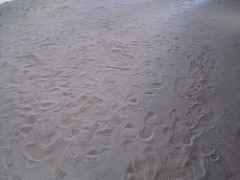
On the Dutch Caribbean island of Curaçao, near the center of the capital city of Willemstad, stands the oldest continuously active synagogue in the Americas. The chunky, high-ceilinged yellow building, which opened its doors in 1732, was built by a congregation of Spanish and Portuguese Jews that was already almost a century old. Many of its earliest members were conversos, who escaped the Spanish Inquisition by practicing their faith in secret until they were able to emigrate—to the Netherlands, in their case, and then to its Caribbean colonies. Though the island’s Jewish community once numbered more than two thousand, the congregation now has barely two hundred members, with the empty seats at services occasionally filled by cruise-ship tourists.
Like much of the Caribbean, Curaçao has a complex and tragic history: The island, only forty miles from the coast of Venezuela, was a hub of the Dutch slave trade—a trade that at least a few Curaçaoan Jews participated in. Today, as a multilingual independent country, it continues to struggle with the legacies of slavery and colonialism. For centuries, though, the island that was hell for so many others was a haven for Jews, and the Mikvé Israel-Emanuel synagogue has long symbolized the refuge that its members and their ancestors found here. The congregation is one of four in the world that maintains the Spanish-Portuguese tradition of covering its synagogue floor with several inches of sand—a reminder of the conversos who sometimes used sand to muffle the sounds of their secret worship.
When I visited, on a sizzling afternoon last week, the synagogue and its courtyard were nearly  empty, and the interior of the old building, kept cool by its thick walls and blue-tinted windows, was mercifully shady. The place was silent, and as I walked over the sand, my steps were silent, too.
empty, and the interior of the old building, kept cool by its thick walls and blue-tinted windows, was mercifully shady. The place was silent, and as I walked over the sand, my steps were silent, too.
Not long ago, a lifelong friend told me—seriously but matter-of-factly—that in the current political climate, he sometimes finds himself wondering who he can count on to hide him. His Judaism is loosely practiced but closely held, and these days, he said, its history seems closer than ever. Mikvé Israel-Emanuel’s floor of sand is not only a tribute to the past, but also a reminder to the present—a reminder that any one of us may someday need to keep quiet, and that the rest of us may need to guard the door.
Thanks for Silence of the Sands, and especially for the last paragraph with its reminder to the present.
Two additional ways of understanding the sand on the floor of the synagogue : This synagogue like many traditional Spanish/Portuguese synagogues is modeled after the encampment established in the Sinai desert during the forty years of wandering from Egypt to the Promised Land. The sand on the floor is a reminder of the sands of the desert.
And some say that the sand recalls that God said to Moses: I will multiply your seed as the sands of the seashore and the stars of the heavens.
Comment above was meant to read, God said to Abraham.